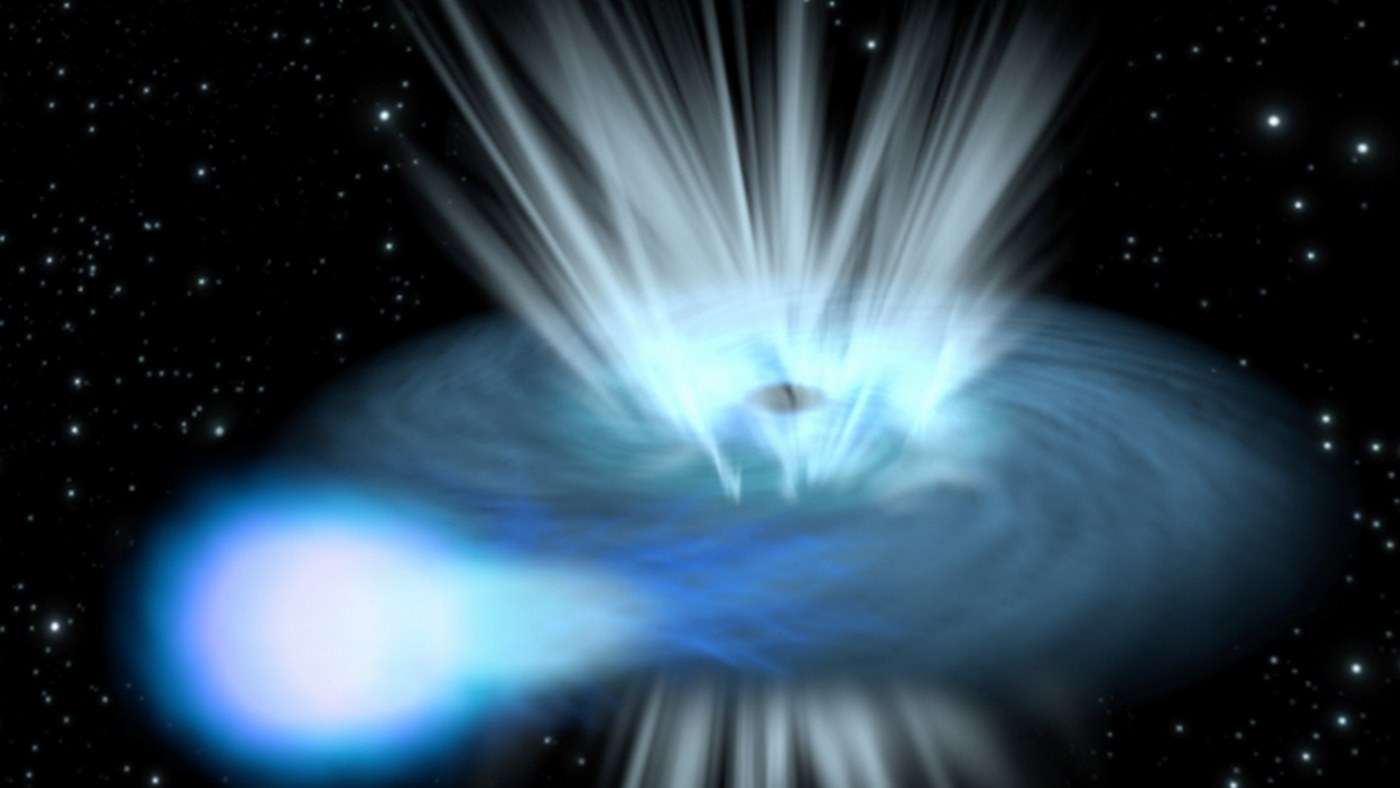Spacecraft 'Hack' Results in Never-Before-Seen Views of Our Sun - LOOK
Scientists used a camera aboard a solar orbiter in a new mode which has revealed never-before-seen views of our sun-LOOK...

A dazzling and rare cosmic explosion, which outshines most supernovae in the universe, has been spotted by researchers at Queen's University Belfast.
The unusual new blast that has been analyzed by the researchers is as bright as hundreds of billions of stars the size of our sun. But it also has another peculiar trait, it lasts less than half as long as a typical supernova.
Their research on the phenomenon following its observation led them to conclude it wasn't a one-off, but something more concrete, meaning they got to name it-which they did after their favorite sports team-Liverpool Football Club, in part because their jerseys are red.
In a newly published study describing their findings, the researchers first identified the event using the ATLAS network of robotic telescopes. The ATLAS telescopes in Hawaii, Chile, and South Africa scan the entire visible sky every night to search for any object that moves or changes in brightness.
Within days of detecting the explosion-named AT2022aedm-the researchers obtained more data with the New Technology Telescope in Chile and found that it looked unlike any known supernova.
Follow-up data from observatories around the world showed that the explosion faded and cooled down much faster than expected.
"We've been hunting for the most powerful cosmic explosions for over a decade, and this is one of the brightest we've ever seen," said Dr. Matt Nicholl from the School of Mathematics and Physics at Queen's University.
"Usually, with a very luminous supernova, it will have faded to maybe half of its peak brightness within a month. In the same amount of time, AT2022aedm faded to less than one percent of its peak-it basically disappeared!"
The location of the explosion was also a big surprise, as it occurred in a type of galaxy that up until now was believed to be void of any star large enough to cause a supernova.
"Our data showed that this event happened in a massive, red galaxy two billion light years away. These galaxies contain billions of stars like our Sun, but they shouldn't have any stars big enough to end up as a supernova," added Dr. Shubham Srivastav, also from Queen's.
The team searched through historical data and found just two other cosmic events with a similar set of properties. These were discovered by the ROTSE and ZTF surveys in 2009 and 2020. The extensive data set obtained for AT2022aedm shows that these are a new type of cosmic event.
"We have named this new class of sources ‘Luminous Fast Coolers' or LFCs," said Dr. Nicholl. "This is partly to do with how bright they are and how fast they fade and cool. But it's also partly because myself and some of the other researchers are huge fans of Liverpool Football Club. It's a nice coincidence that our LFCs seem to prefer red galaxies!"
The researchers hypothesize that a star normally too small to go supernova, was pushed to this bright breaking point by the influence of a nearby blackhole.
SHARE This LFC Explosion With Your Friends…
Be the first to comment